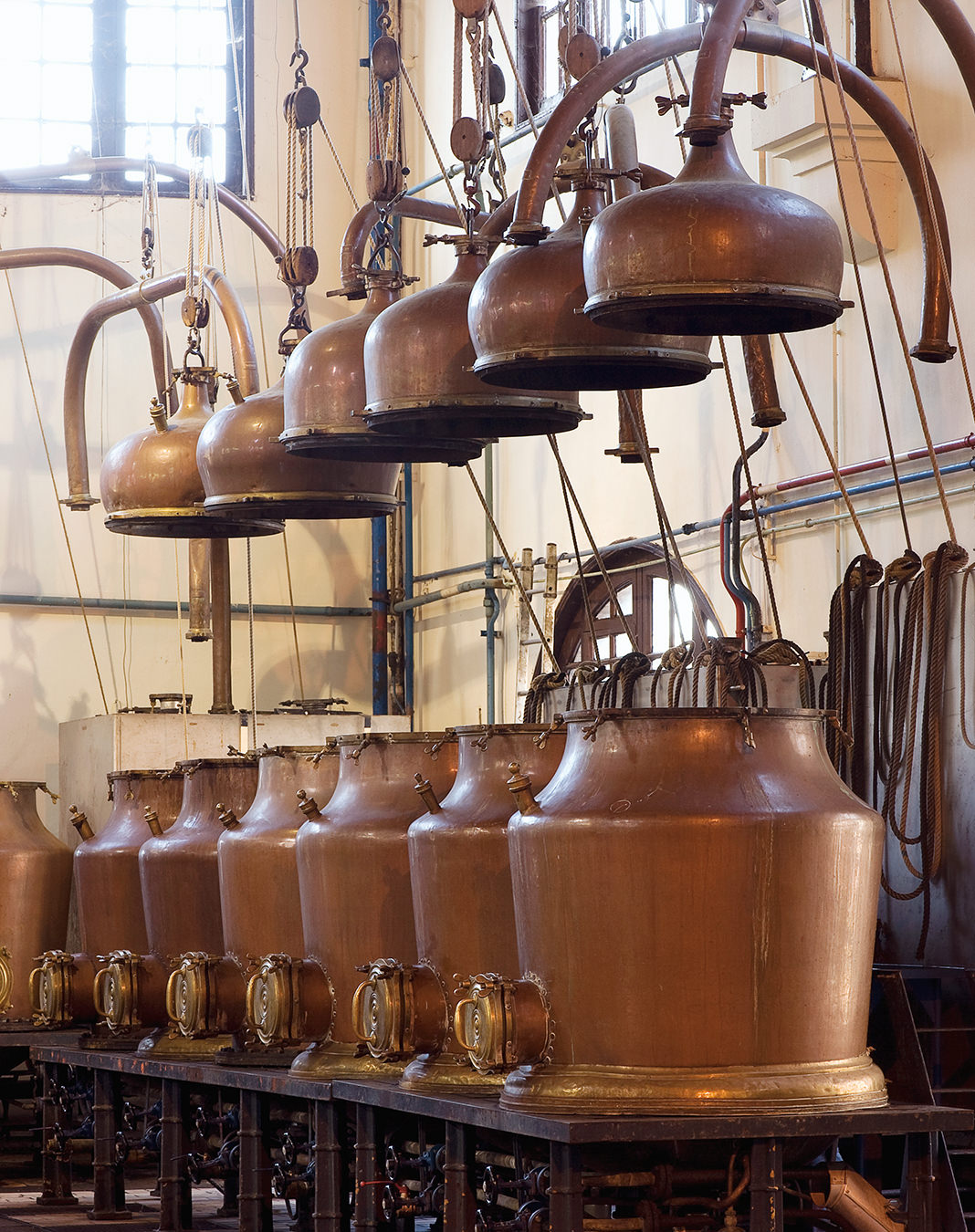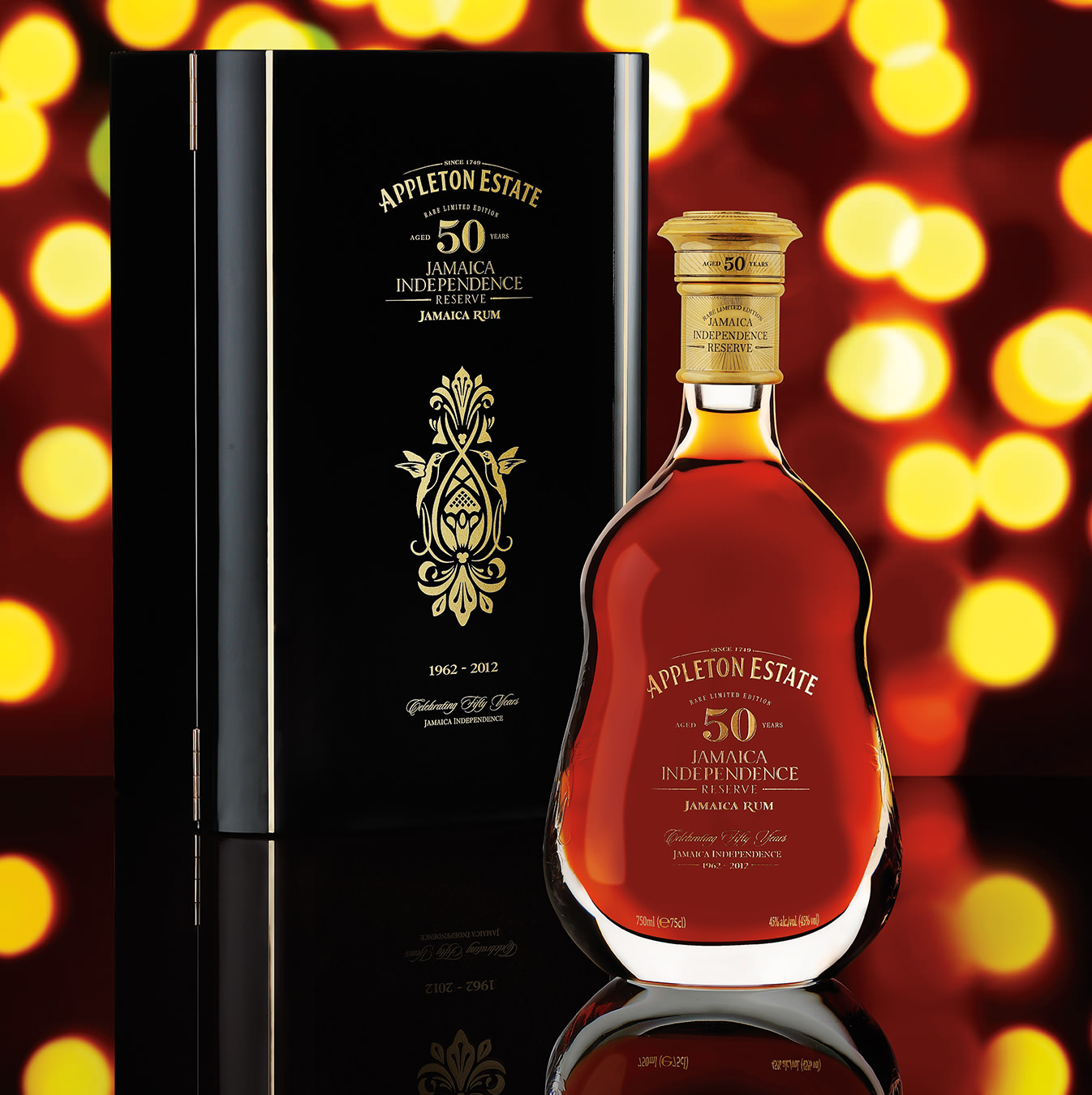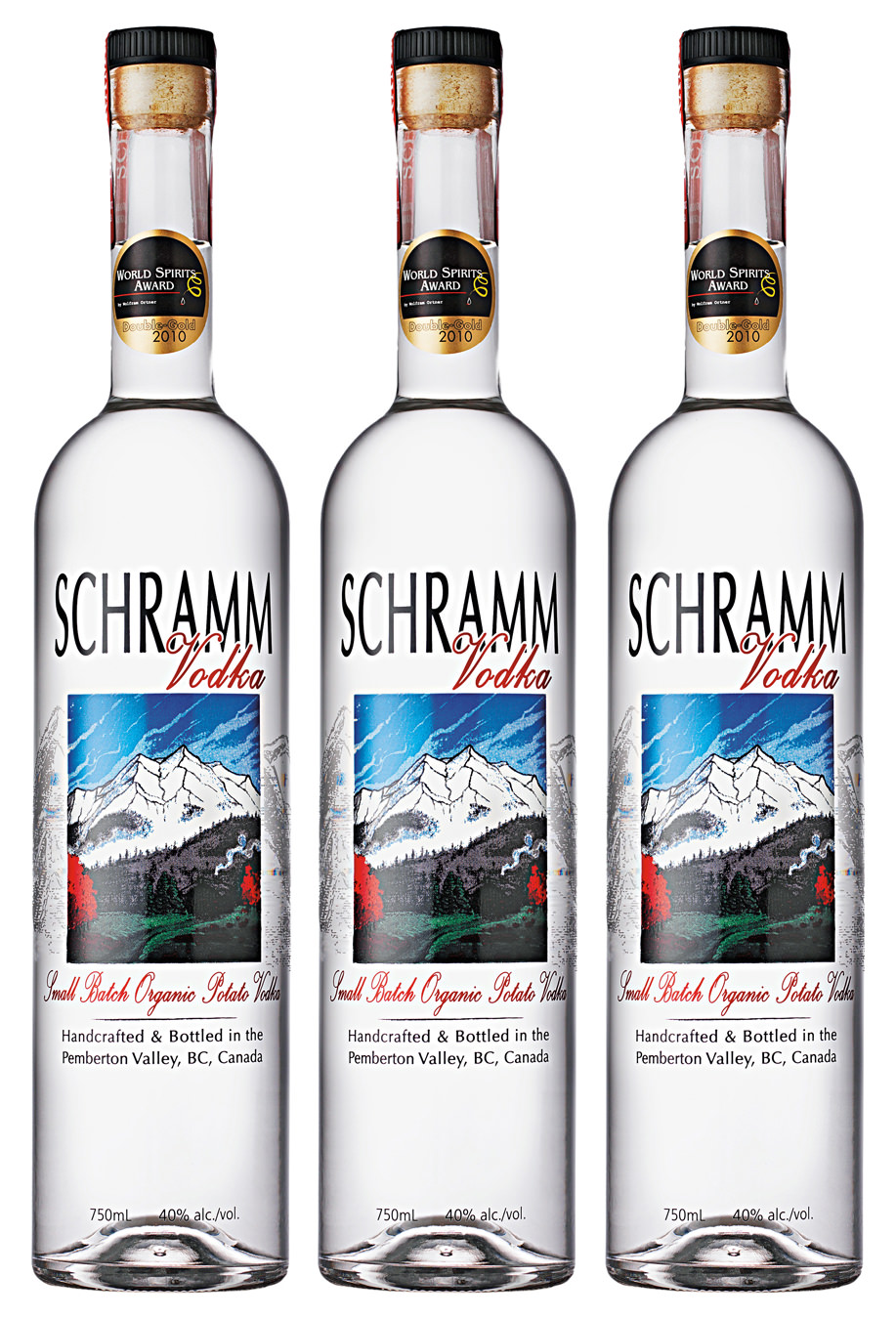Pisco
A colourful 400-year tradition.
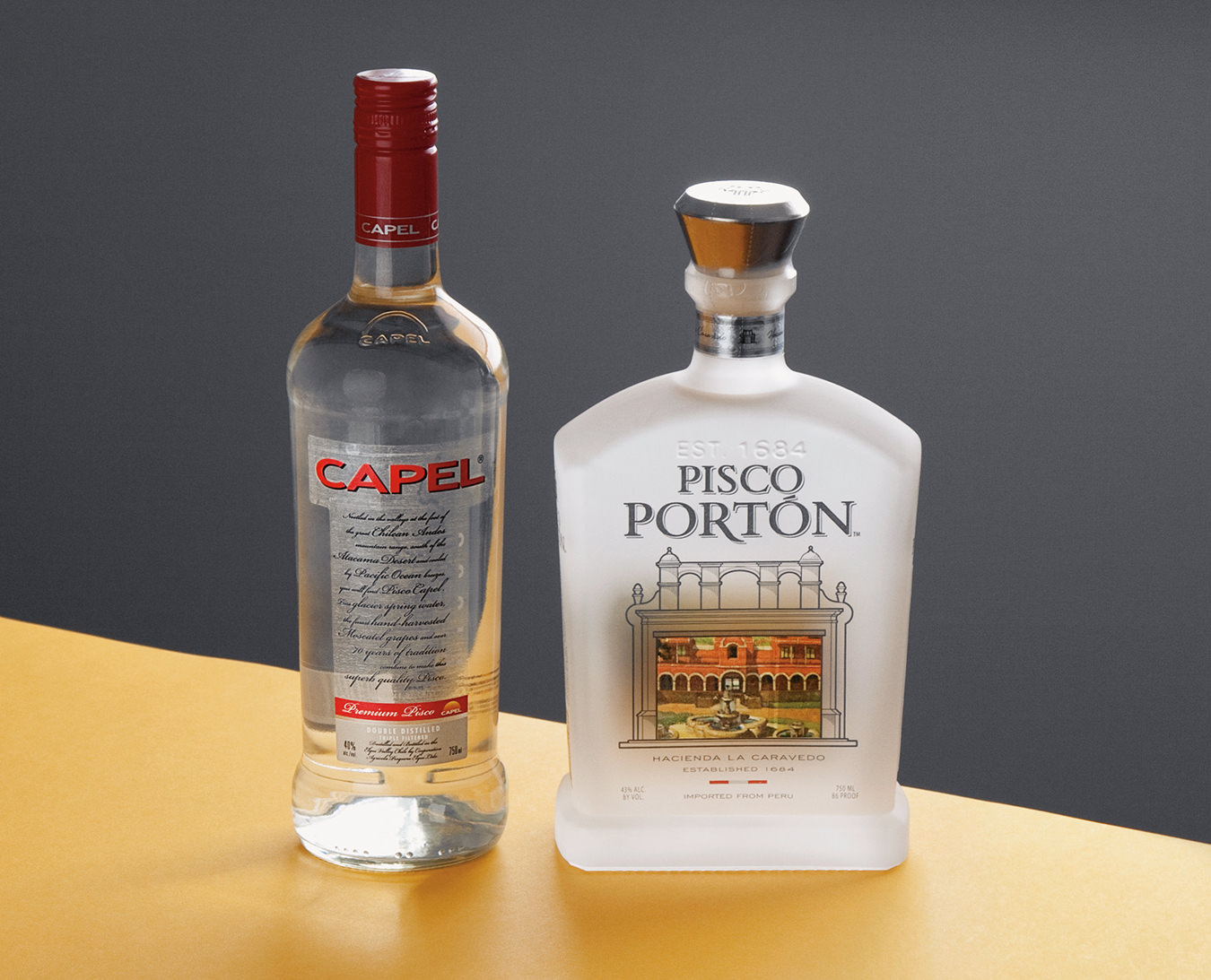
Photo by Mark Reynolds
Rudyard Kipling once waxed poetic about the national Peruvian spirit, pisco, deeming it “the shavings of cherubs’ wings, the glory of a tropical dawn, the red clouds of sunset, and the fragments of lost epics by dead masters.” Another quote of unattributed origin is less lofty and eloquent, but certainly brings some truth with humour. Enough pisco, it reads, “would make a gnat fight an elephant.”
What is pisco? By definition, pisco is a brandy. It’s a clear, unaged grape spirit that, like tequila and scotch, is heavily regulated and limited to specific areas for production. By Peruvian law, it may only be made from eight specific grape varieties and must be distilled to proof (meaning no water is added). Among the facts and figures, there’s also a hefty dose of romance. Pisco is the oldest spirit in the western hemisphere. In a Peruvian dive bar, you might encounter a liquid somewhat savage on the palate, but the imports lining bar shelves in North America today are light and floral and as eloquent as Kipling’s description.
In the early 1500s, Spanish ships dropped anchor along the western coast of South America and the conquistadores invaded Peru, which was so large that it encompassed modern-day parts of Chile, Bolivia, Argentina, Brazil, Uruguay, and Ecuador. (So if someone tells you that pisco is originally from Chile, they are technically right—since the land that makes up Chile was once Peru—but also wrong. It’s an age-old argument in South America, but pisco’s roots reside firmly in Peru.)
By 1543, Spaniards had enslaved the native Incans, claimed Peru as a viceroyalty, and established the first vineyards. Pot stills for recreating brandy were brought over, and by the time Spain banned wine imports from Peru (a protectionist measure) in the early 1600s, the natives were already producing their own spirit. Pisco, which translates as “little bird”, shares its name with the port of Pisco, which, in turn helped the unaged liquor go global.
“Pisco was very popular in the 1600s and 1700s along the coast,” explains Peruvian Diego Loret de Mola, a partner in BarSol, one of the largest pisco brands on the market today. “The port of Pisco was about 100 miles south of Lima. The sailors would drink what they had on their voyages, then restock with pisco at the coastal ports and travel onward.”
Whisky, which had to travel over land, was difficult to acquire. Pisco was a spirit of the sea, and as such, it had a certain whiff of the exotic. Like classic whisky cocktails, pisco was commonly combined with fruit to mask the taste. During the California Gold Rush, San Francisco actually became the largest importer of pisco in North America, and by the 1920s and ’30s, Peruvians were drinking the first Pisco Sours—a frothy mixture of egg white, citrus, pisco, and sugar.
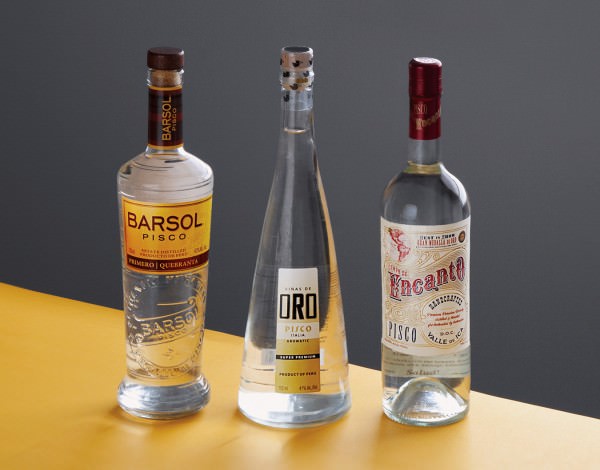
“This is a spirit that has 400 years of history behind it, yet thanks to an aligning of detrimental events, it basically disappeared from world culture for decades,” offers Gregory Dicum, author of The Pisco Book. “The 20th century was really rough politically on South America. Prohibition killed the pisco sales to America, and by World War II, the stuff being made in Peru had even gotten so bad, the upper classes there were drinking scotch.” So what brought pisco back?
“Now that there’s peace in South America once more, it’s brought a burgeoning middle class,” Dicum continues. “People are still preparing traditional food and drink, but they are employing modern ways of enjoying and sharing it. There is a renaissance of all Latin cuisines—especially Peruvian—and Lima is now a world-renowned food city.”
On the North American market today, you can find 18 to 20 imported brands of pisco, ranging in flavour from light, floral, and airy to rich and complex. Pisco can be categorized based on production. There’s puro, made from a single grape; acholado, a blend of grapes; and mosto verde, which is derived from partially fermented grape juice. All three are showing up in cocktails.
One of the brands available in North America is the award-winning Campo de Encanto, launched by Duggan McDonnell in 2010. “I think Campo de Encanto has the best of California and Peru, in that our methods and knowledge reflect our modern world and sensibilities, mixed with the importance of tradition from Peru,” McDonnell says. And at La Mar Cebicheria Peruana in Manhattan, guests can choose from an entire menu of pisco cocktails—several featuring Campo de Encanto, alongside other brands like Oro, Macchu Pisco, Pisco Portón, and BarSol.
While the market to the south is flooding, Canadian bar owners are slowly adding pisco labels to their repertoire. Currently, there’s only one label available in British Columbia. “We have Capel pisco,” says David Wolowidnyk, bar manager at the Vancouver’s West restaurant. “We have an inadequate offering here for this spirit category, but there is some hope on the horizon.” Pisco isn’t abundant in Canada, but availability of such brands as Pisco Soldeica, Cholo Matías, Tres Generaciones, and Torre de La Gala can vary depending on the province.
Yet there is reason to be optimistic. At long last, according to Dicum, “pisco is getting the notice it deserves once again.”
Photos by Mark Reynolds.

